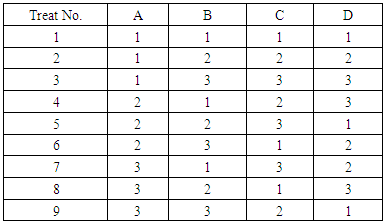| [1] | Reddy, A. C., (2002), “Fracture behavior of brittle matrix and alumina trihydrate particulate composites”, Indian Journal of Engineering & Materials Sciences, vol. 9, no. 5, pp. 365-368. |
| [2] | Reddy, A. C., Essa Zitoun, (2009), “Matrix Al-alloys for alumina particle reinforced metal matrix composites”, Indian Foundry Journal, vol. 55, no. 1, pp. 12-16. |
| [3] | Reddy, A. C., (2015), “Cause and catastrophe of strengthening mechanisms in 7020/Al2O3 composites prepared by stir casting process and validation through FEA”, International Journal of Advanced Research, vol. 3, no. 3, pp. 603-614. |
| [4] | Reddy, A. C., (2015), “Influence of Interphase on Tensile Behavior of Strain Hardened AA1100/AlN Nanocomposites Using RVE Models and Experimental Validation”, International Journal of Engineering, Science and Technology, vol. 7, no. 7, pp. 239-250. |
| [5] | Reddy, A. C., (2015), “Effects of Adhesive and Interphase Characteristics between Matrix and Reinforced Nanoparticle of AA2124/AlN Nanocomposites: Mathematical and Experimental Validation”, International Journal of Engineering and Advanced Technology, vol. 5, no. 1, pp. 5-12. |
| [6] | Reddy, A. C., (2015), “Effects of Adhesive and Interphase Characteristics Between Matrix and Reinforced Nanoparticle of AA3105/AlN Nanocomposites”, International Journal of Mechanical Engineering, vol. 4, no. 5, pp. 25-36. |
| [7] | Reddy, A. C., (2015), “Consequences of Interphase between Matrix and Reinforced Nanoparticle on Behavior of AA6262/AlN Nanocomposites”, International Journal of Science and Research, vol. 4, no. 9, pp. 1045-1049. |
| [8] | Reddy, A. C., (2009), “Mechanical properties and fracture behavior of 6061/SiCp Metal Matrix Composites Fabricated by Low Pressure Die Casting Process”, Journal of Manufacturing Technology Research, vol. 1, no. 3/4, pp. 273-286. |
| [9] | Reddy, A. C., (2011), “Evaluation of mechanical behavior of Al-alloy/SiC metal matrix composites with respect to their constituents using Taguchi techniques”, i-manager’s Journal of Mechanical Engineering, vol. 1, no. 2, pp. 31-41. |
| [10] | Reddy, A. C., Kotiveerachari, B., (2011), “Influence of microstructural changes caused by ageing on wear behaviour of Al6061/SiC composites”, Journal of Metallurgy & Materials Science, vol. 53, no. 1, pp. 31-39. |
| [11] | Reddy, A. C., (2011), “Influence of strain rate and temperature on superplastic behavior of sinter forged Al6061/SiC metal matrix composites”, International Journal of Engineering Research & Technology, vol. 4, no. 2, pp. 189-198. |
| [12] | Alavala, C. R., (2016), “Effect of Thermoelastic Behavior on interfacial debonding and Particulate Fracture in AA1100/TiN Nanoparticulate Metal Matrix Composites”, International Journal of Science and Research, vol. 5, no. 3, pp. 1295-1300. |
| [13] | Alavala, C. R., (2016), “Influence of Temperature on Particulate Fracture of AA2024 Alloy/Titanium Oxide nanoparticulate Metal Matrix Composites”, International Journal of Scientific Engineering and Applied Science, vol. 2, no. 4, pp. 1-6. |
| [14] | Alavala, C. R., (2016), “Influence of CTE Mismatch on Debonding and Particulate Damage in AA1100 Alloy/ZrC Nanoparticulate Metal Matrix Composites”, International Journal of Innovative Research in Science, Engineering and Technology, vol. 5, no. 3, pp. 3489-3495. |
| [15] | Shouvik, G., Sahoo, P., Sutradhar, G., (2012), “Wear Behavior of Al-SiCp Metal Matrix Composites and Optimization Using Taguchi Method and Grey Relational Analysis”, Journal of Minerals and Materials Characterization and Engineering, vol. 11, pp. 1085-1094. |
| [16] | Rao, R. N., Das, S., (2011), “Effect of Sliding Distance on the Wear and Friction Behavior of as Cast and Heat-Treated Al-SiCp Composites”, Materials and Design, vol. 32, no. 5, pp. 3051-3058. |
| [17] | Reddy, A. C., Madahava Reddy, S., (2010), “Evaluation of dry sliding wear characteristics and consequences of cast Al-Si-Mg-Fe alloys”, ICFAI Journal of Mechanical Engineering, vol. 3, no. 1, pp. 1-13. |
| [18] | Madhava Reddy, S., Reddy, A. C., (2013), “Studies on Tool Wear, Cutting Forces and Chip Morphology During High-Speed Milling of Al-Si-Mg- Fe Alloys”, International Journal of Engineering Sciences & Research Technology, vol. 2, no. 8, pp. 1987-1995. |
| [19] | Alavala, C. R., (2016), “Synthesis and Tribological Characterization of Cast AA1100-B4C Composites”, International Journal of Science and Research, vol. 5, no. 6, pp. 2404-2407. |
| [20] | Alavala, C. R., (2016), “Prediction Models for Sliding Wear of AA3003/Al2O3 Composites”, International Journal of Engineering Research and Application, vol. 6, no. 7, pp. 20-24. |
| [21] | Alavala, C. R., (2016), “Adhesive and Abrasive Wear Behavior of AA4015 Alloy/Si3N4 Metal Matrix Composites”, Indian Journal of Engineering, vol. 13, no. 34, pp. 625-633. |




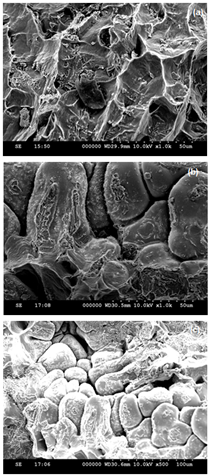
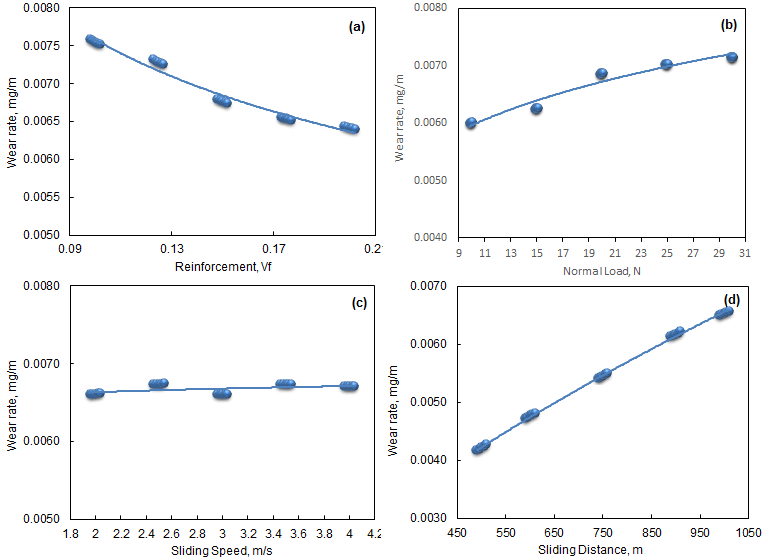
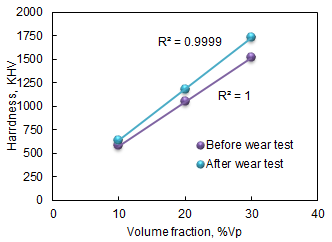







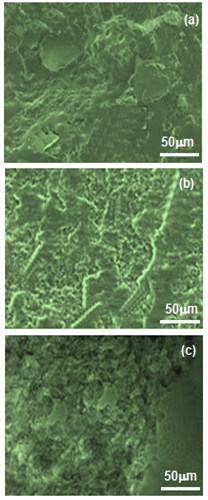
 Abstract
Abstract Reference
Reference Full-Text PDF
Full-Text PDF Full-text HTML
Full-text HTML
